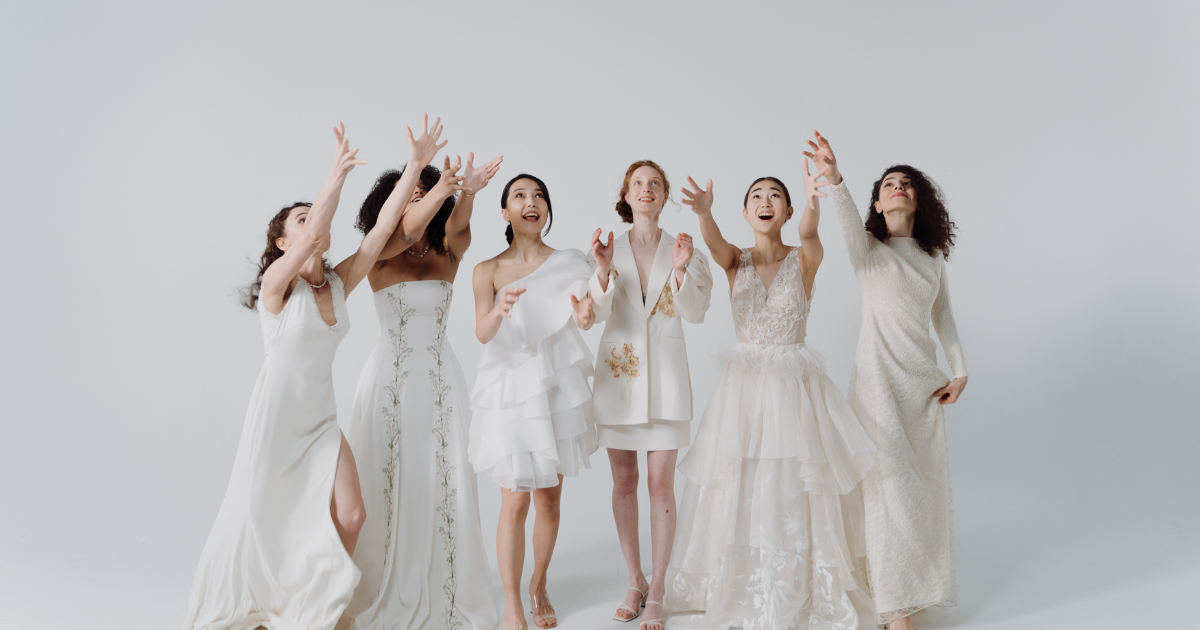Child labour is a serious issue that continues to plague various sectors. As much as we would want to think that child labour in the fashion industry is a thing of the past, it is disheartening to know that it is still a problem, especially in developing countries.
According to International Labour Organisation, around 160 million children worldwide are engaged in it. It is not just a violation of the basic rights of children, but it is also a violation of several international laws.
According to the UN, child labour is “A type of work for which the child is either too young or work which, because of its detrimental nature, is altogether considered unacceptable for children and hence prohibited.”
When we look at the fashion industry, children are employed in the production of garments, accessories and textiles.
Some reasons why children are pushed into labour –
- Poverty– Many children come from low-income households and do not have a choice. They have to work in unacceptable and unsafe working conditions for long hours at lower than minimum wage to earn a livelihood.
- Weak law and enforcement – Many developing countries have weak regulations when it comes to labour. More often than not, there is no supervision or labour unions that can help them bargain for a safe work environment. As a result, children slip easily under the radar and this allows the industries to exploit the workers.
- High demand for fast fashion – In order to fulfil the high demand for fast fashion at a lower cost, many employers prefer hiring children. They can also be lured in with fake promises and are more likely to listen to the instructions without questions.
- Lack of education – In many countries, education is not easily accessible. It also doesn’t help that people can’t afford to send their children to school because of poor financial conditions. This means that the children end up working in low-skill jobs.
Although things have been improving, various steps need to be taken. Contributions need to be made by –
- The Government – Adults need opportunities to break the vicious cycle of poverty they find themselves stuck in. The government has a prominent role to play here. It should come up with various schemes for the creation of better job opportunities, so that the children of such adults do not suffer. The labour laws in developing countries need to be stricter along with better implementation of regulations. The funding for education should be increased so that children have access to quality education.
- Stakeholders in the fashion industry – Fashion brands must take responsibility for their supply chain and ensure that child labour is not used at any stage of production. Sometimes well-known fashion brands do not have control over the supply chain fully as they can get subcontracted to other parties and it may be difficult for companies to interfere. But collaborating with NGOs and similar organisations can help in the investigation and greater transparency within the industry. They should also provide fair wages and safe working conditions to all workers.
- Consumers – As informed adults, consumers have a responsibility to raise a voice to bring about a change. If consumers refuse to buy products from companies known to employ children, it will force them to find other means of production. Consumers can create pressure by holding the brands accountable for any violations.
In conclusion, child labour is a pressing issue that needs urgent attention. It is essential for the government, stakeholders in fashion and consumers to work together to put an end to this exploitative practice and ensure that children are able to enjoy their basic rights and childhood.
References
https://goodonyou.eco/child-labour/
https://shapecharity.org/2021/07/19/child-labour-in-the-fashion-industry/

















